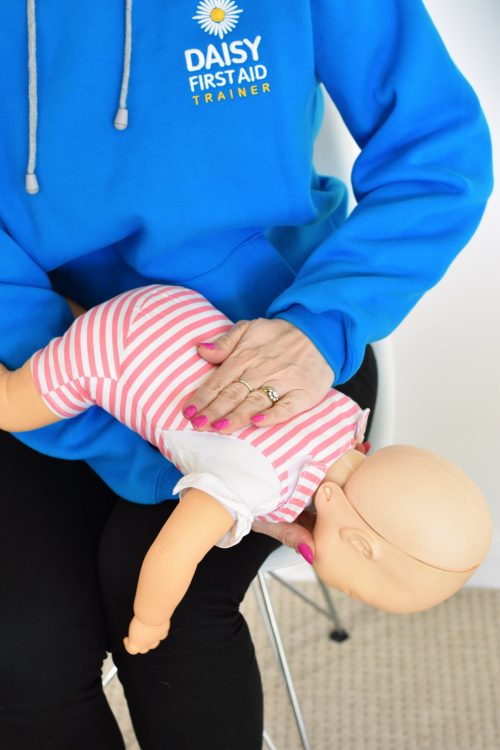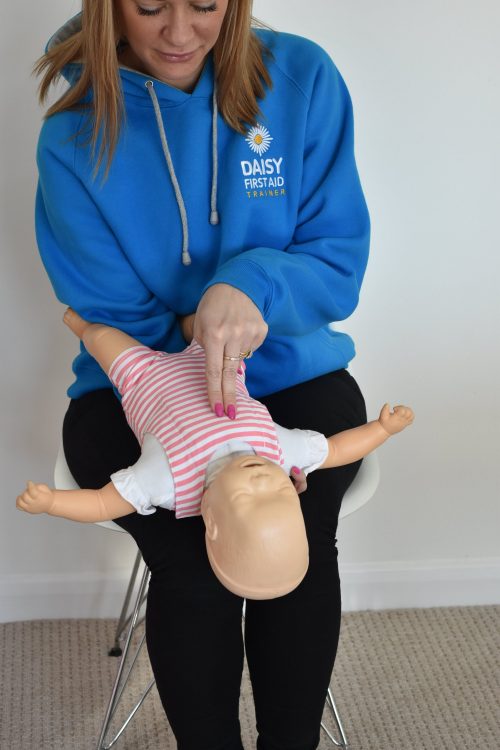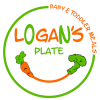What to do if my baby starts to choke?
Babies love exploring new objects with their mouths. Whether it is to examine new tastes or textures, or to help little teeth emerge, ensure that any play objects are safe, unbreakable and are too big to fit inside the mouth.
Whenever baby is eating always ensure they are sat in an upright position. Many high chairs have reclining positions, make sure this is upright. Baby should not be distracted whilst eating so turn off T.Vs, iPads etc to encourage them to concentrate on chewing. Always supervise baby whilst they are eating.
If you are weaning, you may find that your baby occasionally gags on even the most pureed food. The sensitive gag reflex allows the food to move forward into the mouth and this is quite normal.
If an object or food does get stuck in the throat and your baby is coughing, it is called ‘partial blockage’. Although alarming, allow your baby to continue to cough until the blockage clears.
You will know if your baby is choking if they are unable to cough, cry or breathe. They may start to turn pale and blue around the lips and have a panicked look on their face. In this case, you should quickly take the following steps:
- Sit down and lay baby face down along your thigh supporting their head which should be lower than the heart. Give up to five sharp blows between their shoulder blades with the heel of your hand.
- Check the mouth for the object after each black blow. The aim is to relieve the choking with each blow rather than to give all five.
- If the back blows do not clear the blockage, give up to five chest thrusts: with your baby laid face up along the length of your thigh, put two fingers just below the centre of the chest and push inwards up to five times.
- If choking persists, repeat back blows and chest thrusts until you dislodge the object and they can breathe. If they become unresponsive start CPR immediately. Call 999 as soon as possible.
- ‘Baby’ is classed as 0-12 months approximately in first aid terms.


These techniques are taught in every Daisy First Aid class. Other topics included in the class are: CPR, Recovery Positions, Bleeds, Poisons, Burns, Meningitis, Anaphylaxis, Head Injuries, Child & Adult Choking & Febrile Seizures.
Our 2 hour classes are relaxed and informal and are designed for parents and carers. There are no scary stories, tests or role plays. Classes can be held at your home and cost just £25pp (min 4 people).
Venue classes are also available.
To find your nearest Daisy trainer visit:

